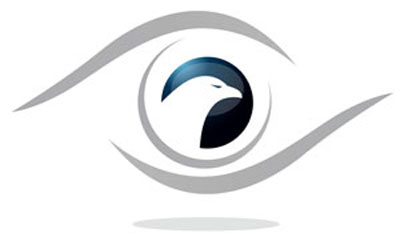
A keen eye for details can uncover big savings.
In my experience, I’ve found that watching trends is vital to success – if you can pick up on a key trends and get better positioned than your competition and/or jump on-board with strategic innovations early, you’ll be guaranteed success. In today’s new normal business environment where sales are no longer easy, talent is in short supply and innovations are ever-more critical to profitable growth, you must be on the leading edge. Thus, having an eagle eye is paramount to success.
For many years, I under-appreciated my eagle eye skill as it hasn’t always been popular – after all, who cares about resolving “unseen” roadblocks to achieving the strategy? Why would you want to create conflict among teams by addressing issues which haven’t yet occurred? However, it turns out that this sometimes cursed skill can provide significant leverage in ensuring success in the new normal. What are the key ingredients of having an eagle eye? 1) Understand strategy. 2) Consider profit drivers. 3) Think of design. 4) Watch for trends.
#1) Understand strategy: Interestingly, it starts with simplicity. What is the foundation of the business? One way to think of the critical importance of the strategic foundation of eagle eye is to consider if you didn’t have it. No matter how great an idea or project seems to be, it will be useless if you are speeding along in the wrong direction. Thus, understanding the strategy and its core components is essential to rapidly selecting just the right priorities.
#2) Consider profit drivers: In order to rapidly assess a situation, a set of priorities or an opportunity, it is essential to evaluate with the key profit drivers in mind. For example, if the core product line has narrow margins with high volume, your operational priorities would likely be quite different than a business focused on luxury product lines. In this case, understanding your break-even point and related volumes will be pivotal to pricing decisions.
In another example, if material cost is a significant proportion of cost, outsourcing will have a much different impact than if labor cost is the driver. In the first case, it’s likely that outsourcing of a peripheral product line could make sense but shouldn’t be a focal point (unless failure is your goal!); however, in the second case, it could be a #1 priority.
#3) Think of design: Design can also be an underappreciated skill. What is the design of your business model? Your ERP system? Your business processes? Your products? Services? Etc.? Why is this skill valuable to a non-engineer or non-architect?
In my experience across many industries and globally, if you understand the basics of design and can identify where you are in the design, you’ll be able to remain agile and flexible in accommodating for business challenges and changes while keeping the razor-like focus on the required business outcomes. What could be more important?
#4) Watch for trends: Volatility is the new norm. Thus, we must not only become adept at rapidly evolving to ever-changing challenges, but we must also be able to spot key trends ahead of the competition. Train your eyes to watch for trends. Start by taking a step back to see around you. Are your customers ordering differently? Are your suppliers delivering slower? Faster? Should you adjust plans? Being aware of what trends are important to your business is a key component of having an eagle eye.
Developing your eagle eye abilities is paramount to success in the new normal business environment. What will you do to ensure you are not passed by?


